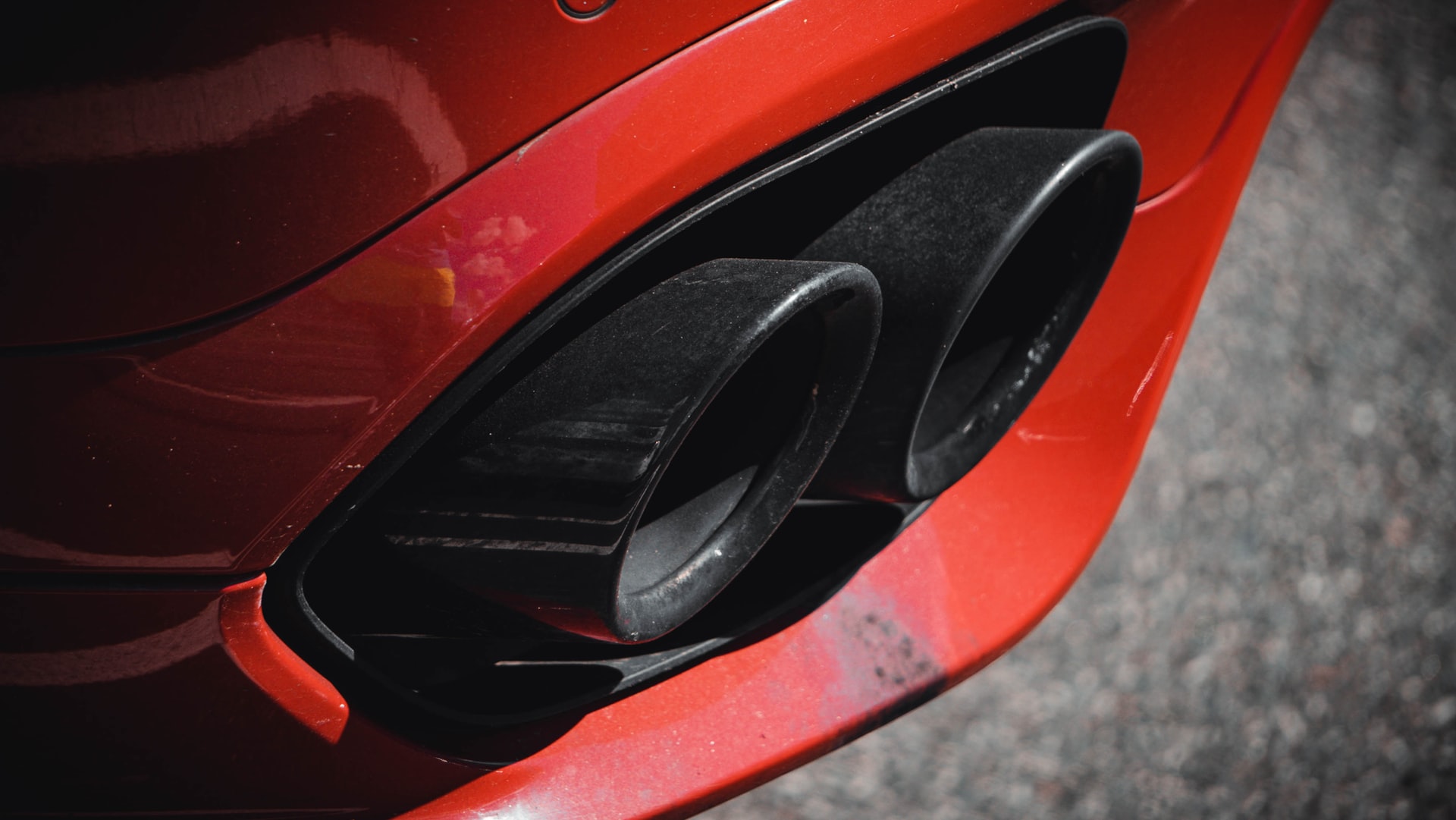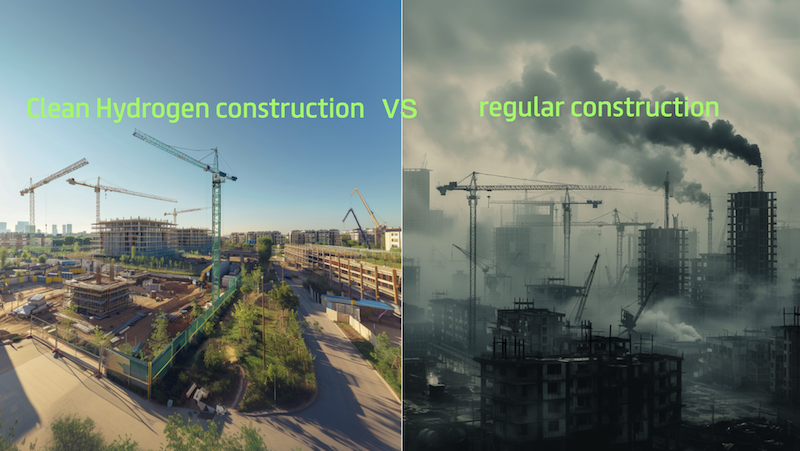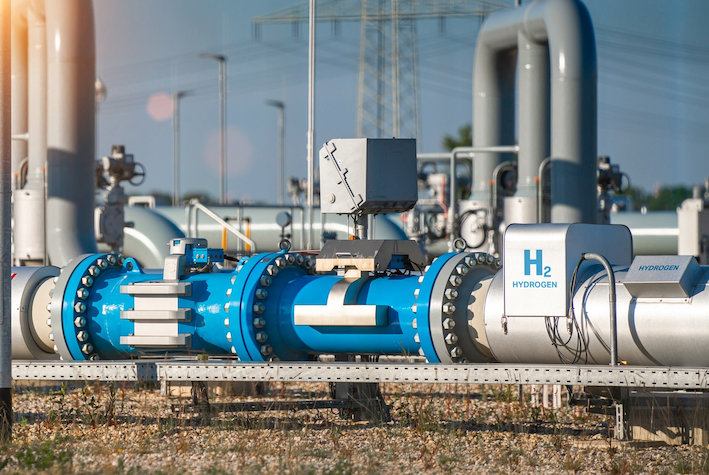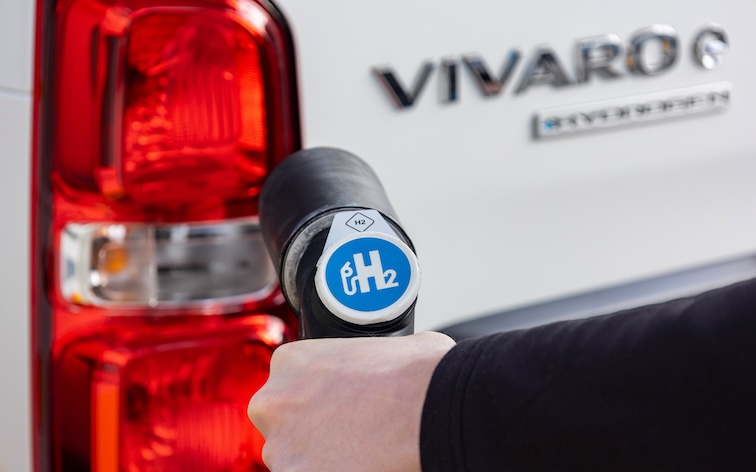Fuel cell electric vehicles (FCEVs) are vehicles powered by hydrogen.
Unlike conventional internal combustion engine vehicles FCEVs produce no exhaust emissions — instead they emit just water vapour, and air.
We certainly don’t advise it but there have been instances of people drinking a few drops of the water from an FCEV exhaust, with no adverse reactions. It has also been suggested that the water emitted is in fact an absorber of toxins, so instead of polluting the atmosphere like a diesel or petrol vehicle, FCEVs can actively improve it.
Although there is rapid growth in the FCEV market it is still early days, as governments and big business align to rollout the hydrogen infrastructure required to fuel the growing number of FCEVs.
FCEVs include buses, coaches, trucks, cars, all of which can be powered by zero-emission hydrogen.
Toyota and Hyundai‘s FCEV’s are two of the more widely used makes of the zero-emission hydrogen powered cars. Earlier in May a new world record was set by a driver in the Hyundai Nexo for the longest distance ever driven by an FCEV on a single tank of hydrogen – 887.5km with an average speed of 66.9km/h.
Unlike an electric vehicle an FCEV takes the same time to refuel as a conventional diesel or petrol vehicle (on average less than five minutes).
How does a fuel cell electric vehicle work?
Similar to electric vehicles FCEVs use a propulsion system, where the fuel cell stores energy as hydrogen, that is then converted to electricity.
Stored in a tank on the vehicle, FCEVs are fuelled with pure hydrogen gas, refuelling in the same time as petrol and diesel, and with an average range of over 300 miles.
FCEVs are often equipped with regenerative braking systems, capturing the energy wasted during braking and storing it in a battery. The battery used in an FCEV is a fraction of the size of a normal battery vehicle.






